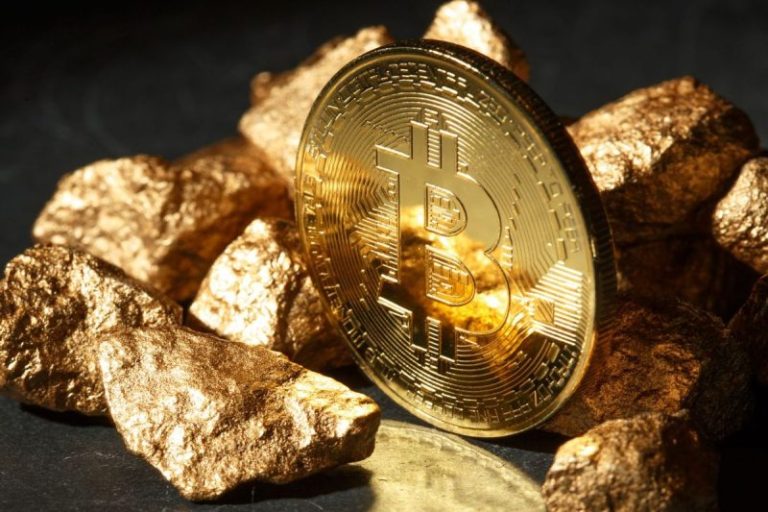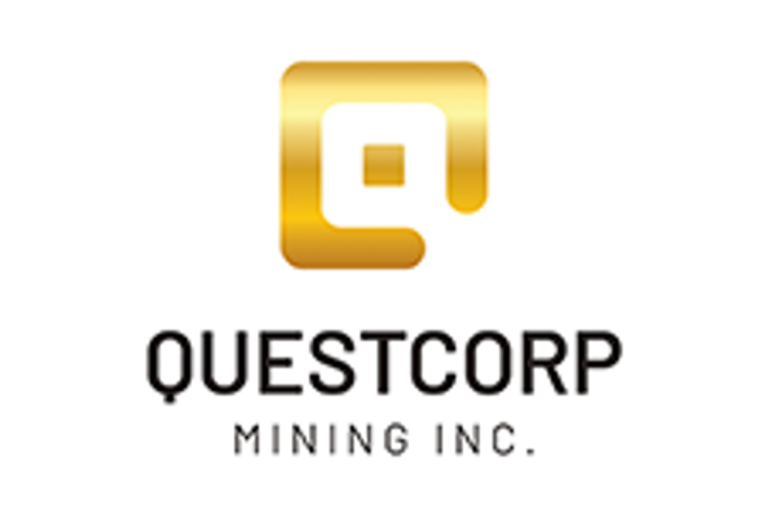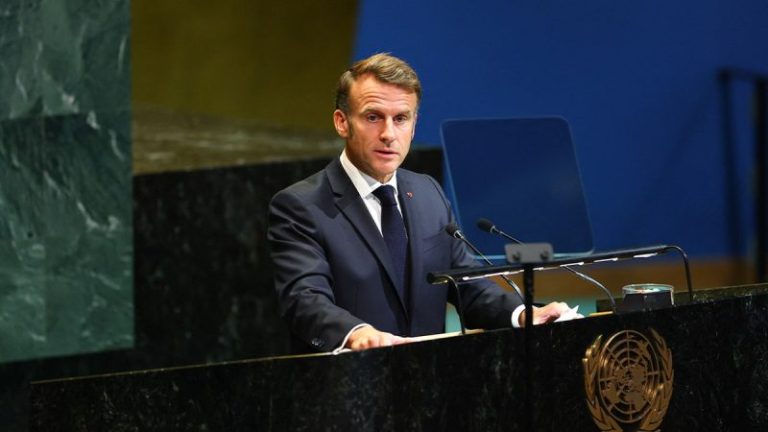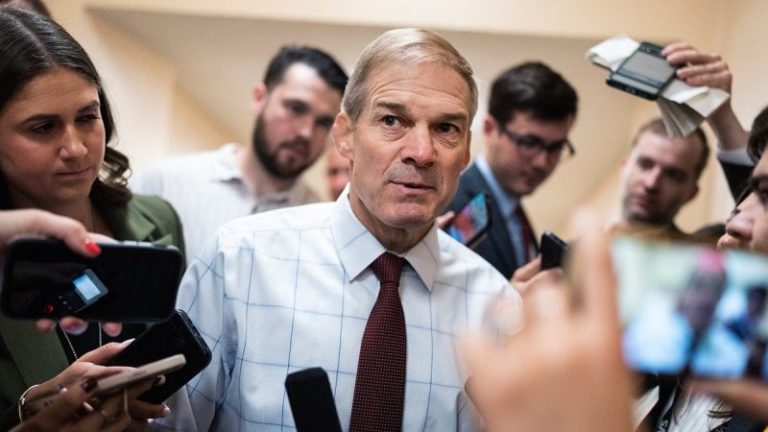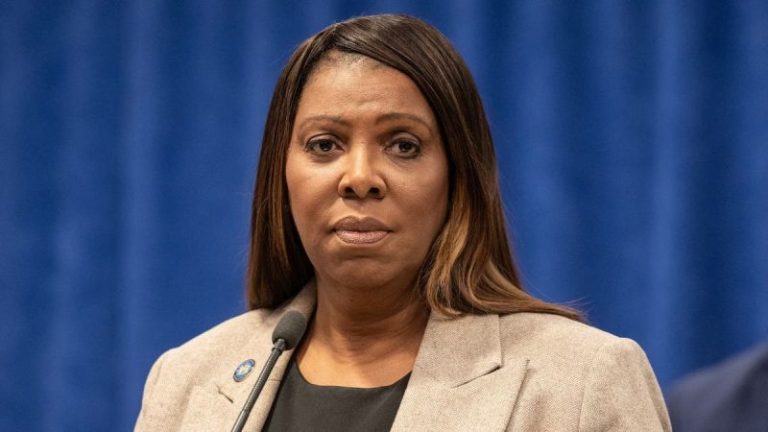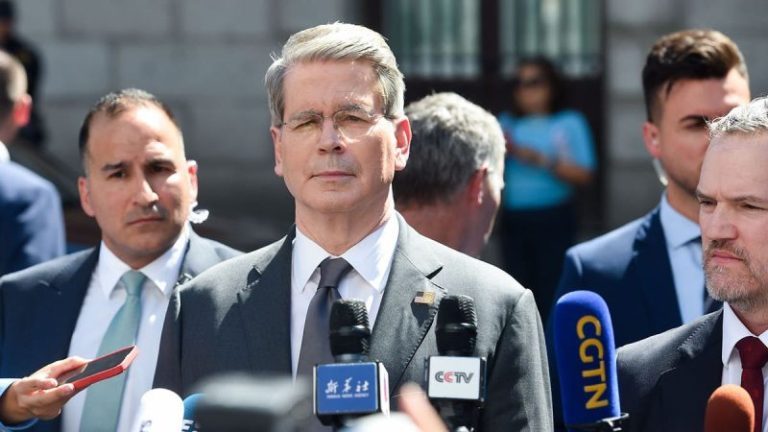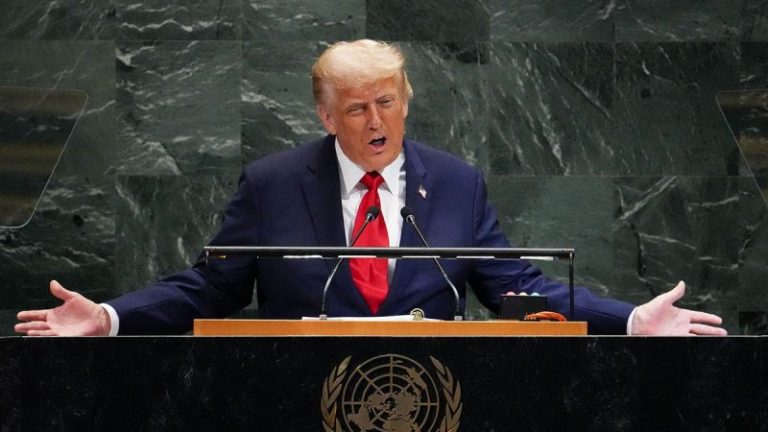When President Donald Trump took the stage at the United Nations General Assembly (UNGA), the teleprompter didn’t work. But no matter — he was about to deliver a series of points he knew well, and one that shattered the typical U.N. script.
At times, world leaders shifted uncomfortably in their seats, particularly when he charged that the U.N. had failed to help the U.S. end wars and joked that all he ever got from the institution was being stuck on an escalator and a broken teleprompter. Yet in his trademark style, Trump also drew laughter from the room, managing to be both affable and scolding at the same time.
‘What is the purpose of the United Nations?’ Trump asked, after recounting how he — not the U.N. — had ended seven wars.
From there, he launched into a wide-ranging address that touched on every one of the U.N.’s modern priorities — climate change, Ukraine, refugee resettlement and Palestinian statehood—and rejected each of them outright, unsettling many in attendance.
Latvian Foreign Minister Baiba Braže told Fox News Digital world leaders took note of Trump’s blunt style and sweeping agenda. She emphasized that his remarks spanned ‘a whole set of international issues,’ from Ukraine to Gaza. She highlighted his criticism of Russia, saying it was clear he wanted the war to end and was openly disappointed in President Vladimir Putin.
Former U.S. diplomat Hugh Dugan noted that while Trump hammered the U.N., he did not press the case for reform as forcefully as expected.
‘As for U.N. reform and criticizing and guiding it through financial crises and endemic dysfunctionality, surprisingly he left a vacuum instead of a narrative,’ Dugan said. ‘He neither validated nor criticized the U.N. as expected, except pointing out the obvious views of its administrative and diplomatic passivity shared widely.’
Climate change
For the U.N., climate change is an existential threat requiring global action. Trump mocked the entire concept as ‘the greatest con job ever perpetrated on the world,’ deriding green energy as ‘all bankrupt’ and declaring the carbon footprint ‘a hoax.’ Dismissing decades of climate change work at the U.N., he said: ‘No more global warming, no more global cooling, whatever the hell happens, it’s climate change.’
Braže noted that European nations still see the U.N. as the central forum for tackling global problems, even if reforms are overdue. ‘We might differ in our opinion where we still think the U.N. is a valuable organization and the U.N. charter is a basis of [the] international system,’ she said, adding: ‘Of course it needs change… stepping up efficiencies.’
Ukraine
Trump and the international body are largely aligned on wanting the war in Ukraine to come to an end, but Trump criticized its European members sharply for continued reliance on Russian oil.
Trump argued the war ‘would never have started if I were president’ and accused NATO allies of hypocrisy and said some NATO allies were ‘funding the war against themselves’ by buying Russian oil.
‘They’re buying oil and gas from Russia while they’re fighting Russia. It’s embarrassing to them… they have to immediately, immediately cease all energy purchases from Russia.’
He threatened tariffs unless Europe cut off energy purchases from Moscow, but blamed India and China as the ‘primary funders of the war’ through Russian fuel purchases. The president also once again promised a ‘very strong round of powerful tariffs’ if Russia refuses peace.
Braže said Latvia welcomed Trump’s commitment to ending the war, even as she underscored Europe’s reliance on the U.N. system. ‘He also explained, of course, his efforts to achieve peace in various regions which we welcome,’ she said.
Estonian Foreign Minister Margus Tsahkna echoed Trump’s point that Russia’s war effort is not unstoppable. ‘As for the president’s speech, it was good to hear that Trump is dedicated to peace in Ukraine, and he also hinted that Russia is defeatable. We believe that as well,’ Tsahkna said. ‘Estonia has long said that Russia’s energy exports are its main source of revenue, and the engine behind its war in Ukraine. That’s why we must do more to cut off this funding.’
Migration
Where the U.N. sees migration as a shared humanitarian challenge, Trump painted it as an ‘invasion.’ He accused the U.N. of bankrolling illegal immigration into the U.S., citing U.N. cash and food assistance for migrants, and warned that uncontrolled migration was ‘ruining’ Europe.
‘The U.N. is supposed to stop invasions, not create them and not finance them,’ Trump said. ‘Your countries are being ruined. Europe is in serious trouble. They’ve been invaded by a force of illegal aliens like nobody’s ever seen before.’
He claimed migrants in London want to impose ‘Sharia law.’
‘I look at London where you have a terrible mayor, terrible, terrible mayor. And it’s been so changed, so changed. Now they want to go to Sharia law, but you’re in a different country. You can’t do that.’
Braže said the Baltic States share skepticism about uncontrolled migration, rooted in their history under Soviet rule. ‘In some European countries, political correctness overcame the need to limit immigration. For us in the Baltics, immigration has always been something that we are quite skeptical about,’ she said. ‘That is due to the fact when the Soviet Union occupied us for 50 years we were not able to define our own rules… so today we are very clear that our borders are our borders, we control them.’
Palestinian statehood
While the U.N. pushes for recognition of Palestinian statehood as part of a two-state solution, Trump blasted such efforts as ‘a reward for Hamas.’ He argued it would encourage terrorism and instead demanded the immediate release of Israeli hostages — and made calls for peace.
Dugan said the White House calculated carefully how to handle the Palestinian issue. ‘He denied added publicity for the Palestinian statehood matter, while robbing his critics of a snarky quotable they depend upon. His team would say that they opted not to throw more gas on that fire, I suppose.’
‘We have to stop the war in Gaza immediately. We have to immediately negotiate peace,’ Trump said.
But French President Emmanuel Macron said that if Trump really wants peace, he has to put pressure on Israel to end the war.
‘There is one person who can do something about it, and that is the U.S. president. And the reason he can do more than us, is because we do not supply weapons that allow the war in Gaza to be waged. We do not supply equipment that allows war to be waged in Gaza. The United States of America does,’ Macron told France’s BFM TV after the speech.
Macron went on: ‘I see an American president who is involved, who reiterated this morning from the podium: ‘I want peace. I have resolved seven conflicts’, who wants the Nobel Peace Prize. The Nobel Peace Prize is only possible if you stop this conflict.’
Behnam Taleblu of the Foundation for Defense of Democracies said Trump’s handling of Iran, where the president touted the U.S.’s offensive strikes on Iran’s nuclear program, in particular stood out. ‘The calmness and even casualness with which President Trump spoke about the elimination of the Islamic Republic’s military leaders at the UNGA today shows an understanding and willingness to embrace America’s superpower status against its adversaries not often seen,’ Taleblu said.
The broader UN message
Beyond individual issues, Trump’s message was that the U.N. itself was failing. He ridiculed its reliance on ‘strongly worded letters’ and its expensive renovation projects, portraying the body as corrupt and ineffective.
‘I’ve attended UNGA a few times. Never have I heard a speech like this. Trump was right on one thing: the UN is paralyzed,’ Tobias Ellwood, a former British member of Parliament, shared on X. But he warned major conflict is ‘likely to follow’ if the UN dissolves like the League of Nations did.
But Dugan suggested Trump stopped short of offering a roadmap. ‘He went to tier-2 topics (immigration and green energy) because they are tier-1 with MAGA,’ he said. ‘Given the teleprompter and the escalator, he seems resigned to the fact that the place is not teachable when it comes to organization turnaround — certainly not while [Secretary General Antonio] Guterres continues.’
Trump launched a review of the U.N. six months ago, and Dugan said he’d hoped to hear more about its findings in the speech. It’s ‘not evident’ that the review was ‘deep, good or even completed.’
Looking ahead, Dugan warned that Trump’s silence on deeper U.N. reform left space for rivals. ‘Next: let’s see if China is editing its speech now to swoop down to fill the missing narrative vacuum,’ he said.
Behnam Taleblu of the Foundation for Defense of Democracies said Trump was also making a point about the U.N.’s lack of engagement. ‘The President also foot-stomped the fact that he has received relative silence from the U.N. system and its leaders in the face of numerous ceasefires and deconfliction agreements he helped broker in warzones around the world. For an organization aimed at stemming or resolving conflict, the silence is deafening.’
This post appeared first on FOX NEWS


